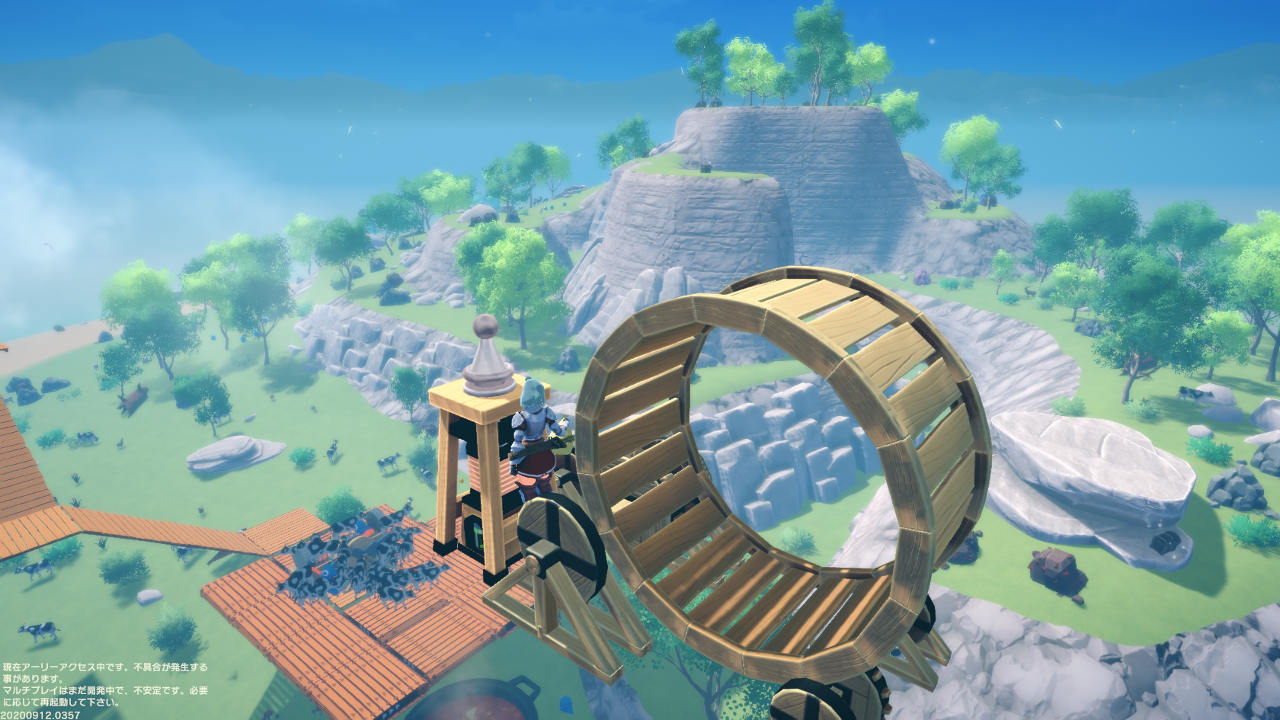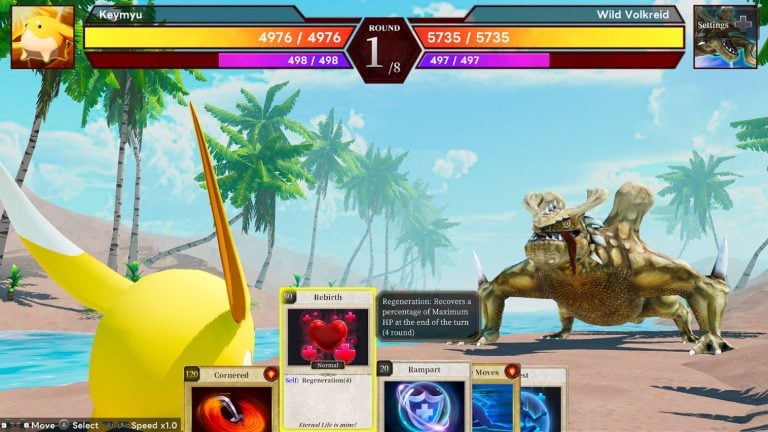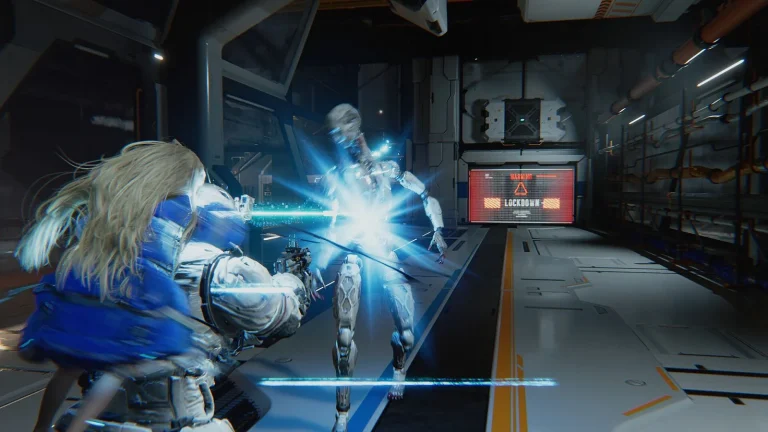Publication date of the original Japanese article: 2020-09-13 10:29 (JST)
Translated by. Braden Noyes
Craftopia was released in early September on Steam Early Access, and the developers wasted no time releasing one update after another. These updates not only helped balance the game and fix bugs, but also added new things to craft and an absorber that will suck up items automatically. The developers are clearly enthusiastic about improving their game, but as they continue adding new elements for players to tinker with, it appears that a number of unintended features have also been making their way into the game.
My barricades look like awkward little birds learning to fly for the first time. How cute.
Craftopia is still in development, meaning that by making use of the “strange behaviors” inherent in most Early Access titles, players have a good chance of encountering all kinds of unusual phenomena. Some examples of this include generators floating off into the air when combining conveyor belts, cattle, and batteries together in certain ways; crop fields bouncing into the air when placed on top of one another; or wheat being pushed in a certain direction after being cut down by a rotation saw.
Since these phenomena are reproducible in game, players wanted to investigate further in order to discover under what circumstances they occur, as well as possible practical applications. Using the Twitter hashtag #クラフトピア学会 (meaning something along the lines of Craftopia Scientific Society), they did just this. One such in-game law they uncovered is being referred to as “object dynamics”.
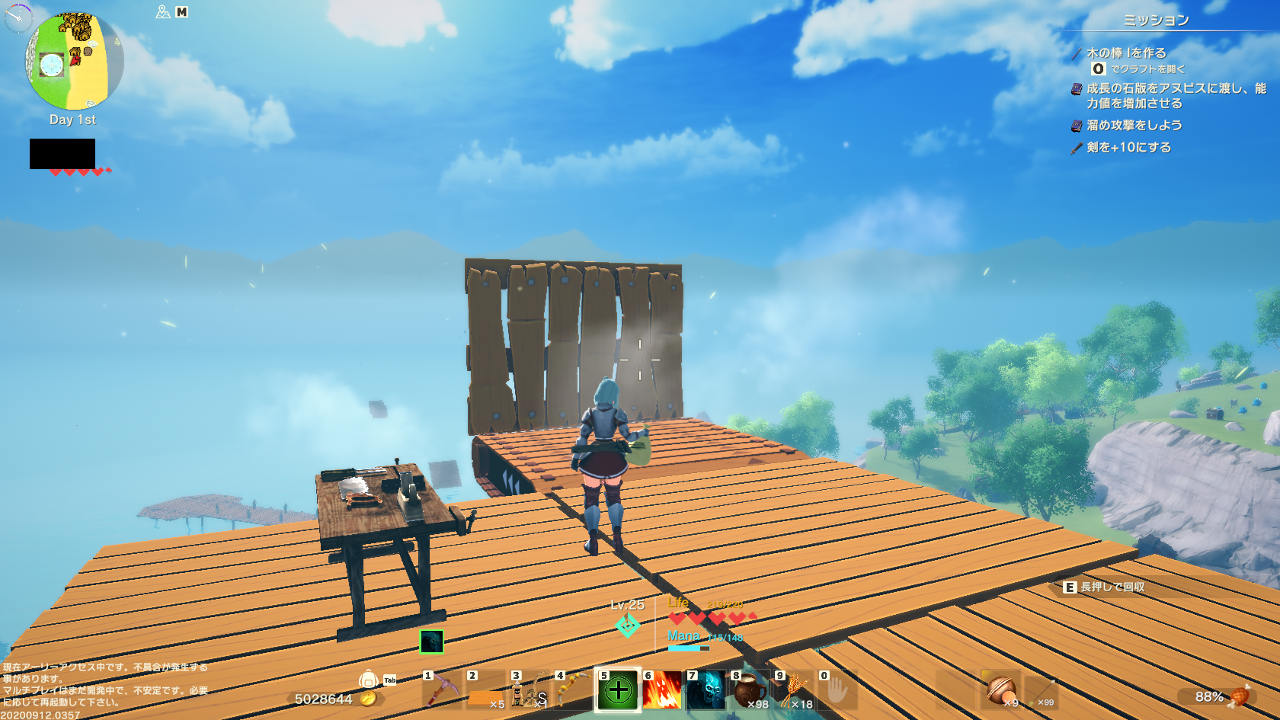
By applying the law of “object dynamics,” players have discovered how to add elements to Craftopia that were never intended to be part of the game. One such example is horizontal and vertical elevators. There are a few different ways to accomplish this, but the most basic method requires only a conveyor belt, a wall, and a small generator. For a horizontal elevator, begin by building a wall and a conveyor belt that points toward it.
After this is set up, just build your small generator on top of the conveyor belt, and it will begin to move toward the wall. Logic dictates that the generator should stop as soon as it comes into contact with the wall, as it has nowhere to go. However, this is not the case. After colliding with the wall, the generator rebounds and begins to move in the opposite direction—and it will continue to do so in a straight line away from the wall it just hit until it comes into contact with another object.
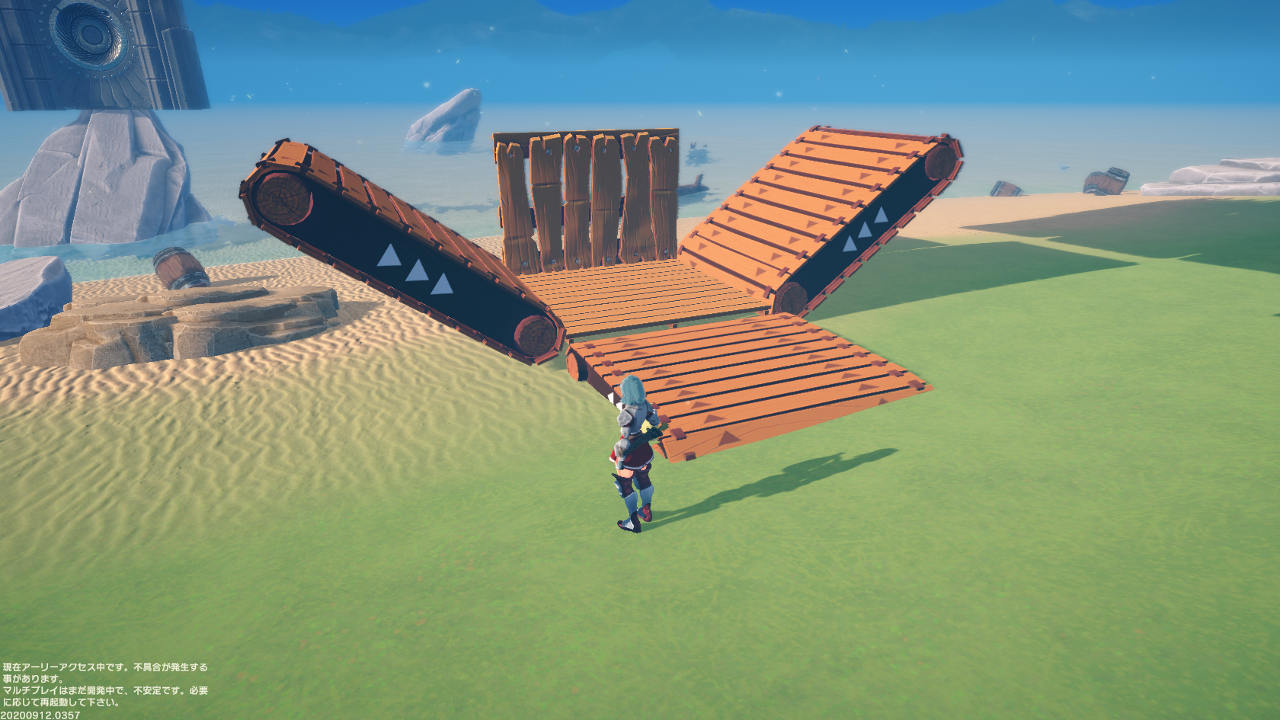
Players can also create a vertical elevator by constructing two sloped conveyor belts, a single flat conveyor belt, a small generator, a floor, and a wall. Start by placing the floor and wall next to each other, then position the three conveyors so they all point toward the floor. Finally, place a generator on top of the flat conveyor belt.
For some reason, as soon as the generator hits the wall, it will begin to slowly rise into the air until it comes into contact with another object. By climbing aboard this run-away object, you can then ride it just like a real elevator as it slowly floats higher and higher. Though if you’d like to ascend as high as possible as quickly as possible, your best bet would be to use the method involving your glider and a series of well-placed campfires.
I can’t believe they retweeted someone else’s post when I’m the one who discovered this… *sob*
But anyway, here’s my theory:
A second transparent object, which shares motion parameters with its parent object, is getting repelled by the wall at the end of the conveyor belt. When this transparent object bounces back and starts moving off in the opposite direction, the parent object is forced to follow—straight off into the sky.
So what exactly causes the generator to start moving off in the wrong direction? Well, according to a tweet from Harmonics—a member of the Craftopia Scientific Society researching the aforementioned object dynamics in the game—the culprit is an invisible object. Their theory states that objects in Craftopia have two different origin points which both react to external forces.
Normally, these two points react in the same way, allowing them to remain in sync with one another. However, the forces applied by the conveyor belts to certain objects disrupts this synchronization, causing the two origin points to no longer line up. This results in the second, invisible object becoming offset from its parent object. When this invisible object comes into contact with something blocking its path, it gets repelled and forced to begin moving in the opposite direction, and since it’s still paired with its parent object, they both end up flying off in that direction.
According to Harmonic’s testing, there are at least nine different objects susceptible to this desynchronization which players can get to float into the air. These include the stone furnace, mating station S, cooking pan, stone campfire, altar of the time, altar of transfer, generator (small), prism gacha, and barricade.
I conducted a test of all objects in regard to conveyor belt behavior.
Those with an ‘x’ were determined to be unstable, creating the transparent object and acting in strange ways. This means they can be used as elevators and such.
Though, unfortunately, I still can’t build a rocket…
first tweet: Example of travelling by conveyor belt (without drone)
second tweet: Example of travelling by conveyor belt (with drone)
Players have posted all sorts of testing results using the Craftopia Scientific Society (#クラフトピア学会) hashtag, figuring out how to do things such as using conveyor belts and wood plank drone bases to create taxi systems, stacking fields and compressing them by placing a sprinkler on top, or even taking advantage of the world limits to make gacha coins spawn.
The developers at Pocket Pair are even responding to the players’ research antics, posting about results on Twitter and sometimes even adding some of the terminology created by players to the in-game item descriptions. Perhaps being able to experiment with these kinds of game-breaking behaviors, combined with the speed at which developers release updates in response to these kinds of player discoveries is what gives Early Access titles like this one their real charm.
Craftopia is currently available as an Early Access Game on Steam for US$24.99. The soundtrack is also available for US$4.99, and was composed by Tatsuya Yano, who also worked on the Atelier series.

